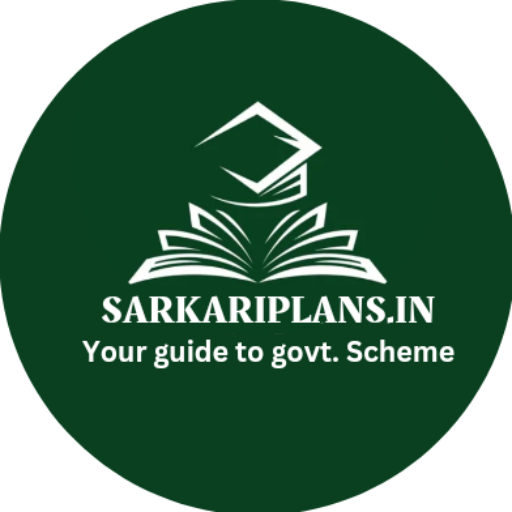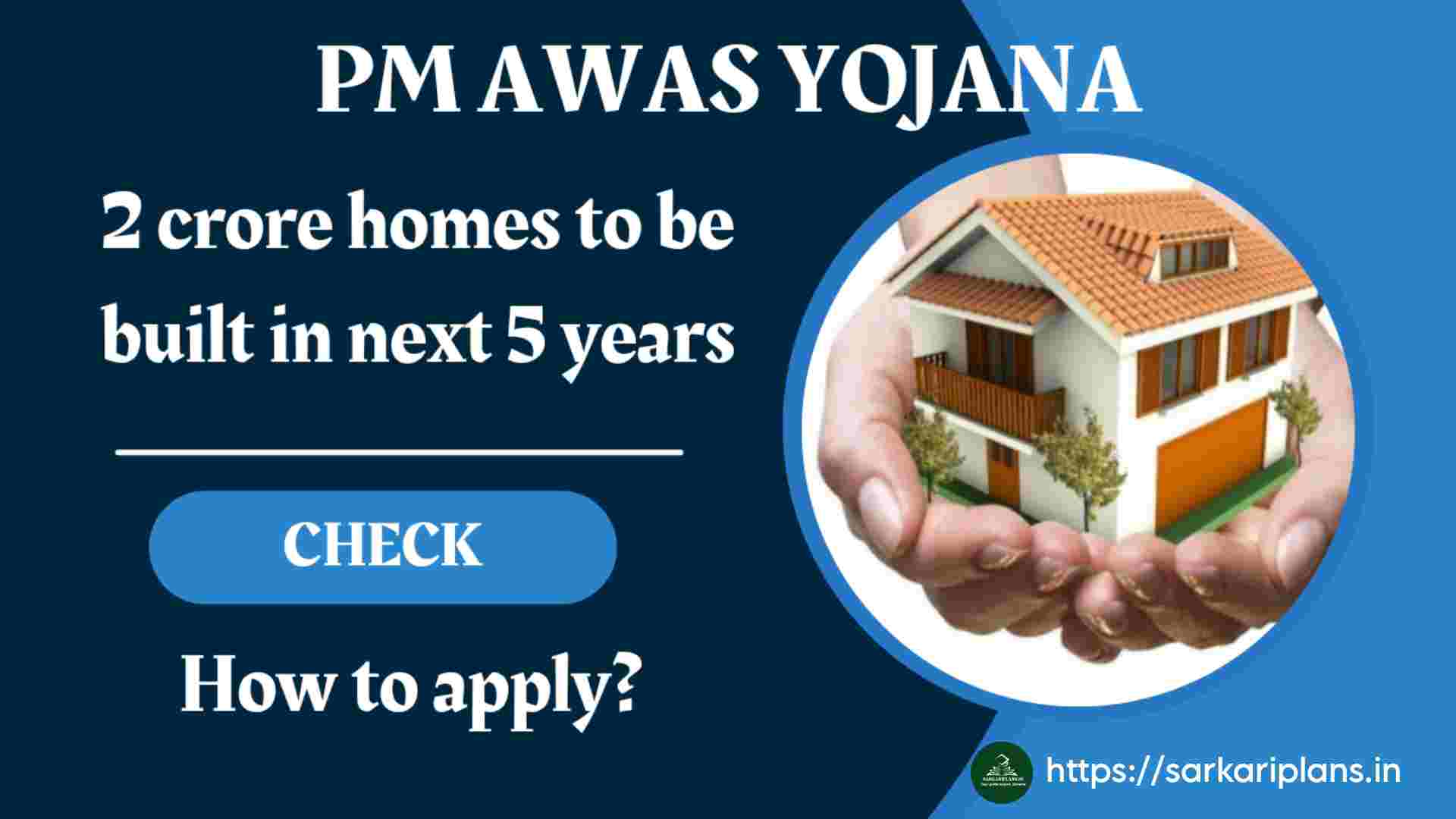PM Awas Yojana: Check Eligibility, Latest Updates, Application Process, Components, Benefits, Documents required, Challenges and future prospects and Official Website.(“पीएम आवास योजना: पात्रता, नवीनतम अपडेट, आवेदन प्रक्रिया, घटक, लाभ, आवश्यक दस्तावेज, चुनौतियाँ और भविष्य के पूर्वानुमान और आधिकारिक वेबसाइट जांचें।”)
Pradhan Mantri Awas Yojana
The Pradhan Mantri Awas Yojana (PMAY) is a flagship initiative launched by the Government of India with the aim of providing affordable housing to all citizens. Envisioned as a comprehensive scheme, PMAY addresses the housing needs of the urban and rural poor, aiming to create a conducive environment for every Indian to own a home.
The interim Union Budget 2024-25 on February 1 allocated Rs 80,671 crore for the flagship scheme Pradhan Mantri Awas Yojana (PMAY), giving a further boost to the government’s programme to provide affordable housing.
Presenting the Union Budget on February 1, Finance Minister Nirmala Sitharaman said that despite the challenges due to COVID, implementation of PM Awas Yojana (Grameen) continued and the government is close to achieving the target of three crore houses. Two crore more houses will be taken up in the next five years to meet the requirement arising from increase in the number of families, she added.
In budget estimates for Budget 2023-24, the government had allocted Rs 79,590 crore for PMAY. However, the allocation was revised to Rs 54,103 crore in the revised estimates.
Key Details of PM Awas Yojana
| Scheme Name | Pradhan Mantri Awas Yojana |
| Purpose | Provide financial assistance and subsidies for affordable housing |
| Budget 2024-25 | 80,671 crore |
| Application process | Online |
| Official website | pmaymis.gov.in |
Objectives
1. Housing for All: The primary goal of PMAY is to ensure that every family in India has a secure and affordable home.
2. Affordable Housing: By offering financial assistance and subsidies, PMAY seeks to make home ownership accessible to economically weaker sections (EWS), low-income groups (LIG), and middle-income groups (MIG).
3. Slum Rehabilitation: PMAY focuses on slum redevelopment, aiming to improve living conditions and provide basic amenities to residents of informal settlements.
4. Women Empowerment: The scheme prioritizes women as beneficiaries, ensuring that they have equal ownership rights in the jointly owned properties.
Benefits
1. Scheme: Under this scheme credit linked interest subsidy @ 8.35% for 15-20 years or actual tenor of the loan, whichever is lower, will be provided to the eligible beneficiaries in EWS/LIG category by the Government of India.
2. Applicants belonging to LIG(Low Income Group) & EWS (Economically Weaker Sections) section. The EWS/LIG categories are defined as follows:
3. EWS households with an annual income upto Rs. 3.00 lacs
4. LIG households with an annual income between Rs. 3.00 lacs to Rs. 6.00 lacs
5. Maximum subsidy of Rs. 2.67 lacs is eligible
Components
1. Credit-Linked Subsidy Scheme (CLSS): Under CLSS, eligible beneficiaries receive interest subsidies on home loans, making housing more affordable.
2. Beneficiary-Led Construction (BLC): This component empowers beneficiaries to construct their own homes, providing them with financial assistance to purchase land and build houses.
3. Affordable Housing in Partnership (AHP): AHP encourages public-private partnerships (PPP) for the development of affordable housing projects.
4. In-Situ Slum Redevelopment (ISSR): ISSR focuses on redeveloping existing slums by providing basic infrastructure and housing amenities to residents in situ.
5. Credit-Linked Subsidy Scheme for Middle Income Groups (CLSS-MIG): CLSS-MIG extends interest subsidies to middle-income groups, further expanding access to affordable housing.
Eligibility criteria
To be eligible for the Pradhan Mantri Awas Yojana (PMAY), there are certain criteria you need to meet:
1. Income Criteria: Your annual household income should fall within the predefined limits set by the scheme. There are different income categories (Economically Weaker Section, Low Income Group, Middle Income Group-I, and Middle Income Group-II), each with its specific income range.
2. Ownership Criteria: You or your family members should not own a pucca house in any part of India.
3. Other Criteria: The eligibility criteria may vary slightly depending on the specific component of the PMAY you are applying for, such as the urban or rural component, or if you’re applying as a beneficiary under the CLSS (Credit Linked Subsidy Scheme).
It’s advisable to check the latest guidelines and eligibility criteria on the official PMAY website or consult with the relevant authorities for accurate information based on your circumstances.
Application Process
To apply for the Pradhan Mantri Awas Yojana (PMAY), you can follow these general steps:
1. Visit the official PMAY website or the housing department website of your state.
2. Look for the “Apply” or “Registration” section on the website.
3. Fill out the application form with accurate personal and financial details.
4. Attach necessary documents such as Aadhaar card, income proof, address proof, etc.
5. Submit the application either online or offline, as per the instructions provided.
6. After submission, keep track of your application status through the provided portal or helpline.
Make sure to check the specific requirements and guidelines for your region, as they may vary.
Documents Required
The documents required for applying to the Pradhan Mantri Awas Yojana (PMAY) typically include:
1. Proof of Identity (Any one of the following):
– Aadhaar Card
– Voter ID Card
– PAN Card
– Passport
– Driving License
2. Proof of Residence (Any one of the following):
– Aadhaar Card
– Voter ID Card
– Utility Bill (Electricity/Water/Telephone Bill)
– Passport
3. Proof of Income (Any one of the following):
– Salary Slips (for Salaried Individuals)
– Income Certificate issued by Competent Authority
– Income Tax Returns (ITR)
– BPL Card (if applicable)
4. Proof of Property Ownership or Rent Agreement:
– Property Documents (if you own a property)
– Rent Agreement (if you are renting a property)
5. Bank Account Details:
– Bank Account Passbook or Statement
6. Recent Passport-sized Photographs:
– Passport-sized photographs of the applicant and co-applicants.
7. Duly Filled Application Form:
– The application form for PMAY, which can be obtained from the official PMAY website or the concerned government office.
Please note that the specific documents required may vary depending on your eligibility category (Economically Weaker Section, Low Income Group, Middle Income Group) and the component of PMAY you are applying for. It’s always a good idea to double-check with the authorities or the official PMAY website for the most accurate and up-to-date information.
Progress and Impact
Since its launch, PMAY has made significant strides in addressing India’s housing shortage and improving living conditions for millions. By providing subsidies, incentives, and technical support, the scheme has facilitated the construction of millions of affordable homes across urban and rural areas. Additionally, PMAY has contributed to economic growth by generating employment opportunities in the construction sector and stimulating demand for building materials and related industries.
Challenges and Future Prospects
Despite its achievements, PMAY faces challenges such as bureaucratic hurdles, land acquisition issues, and ensuring quality construction. To overcome these challenges, continued government support, streamlined processes, and effective implementation mechanisms are essential. Looking ahead, PMAY holds the potential to not only fulfill the dream of home ownership for millions of Indians but also to contribute to sustainable urbanization and inclusive development in the country.
FAQs
Q1. What is the Pradhan Mantri Awas Yojana?
Ans- The Pradhan Mantri Awas Yojana is a government scheme aimed at providing affordable and quality housing to people below the poverty line.
Q2. What is the application process for the PM Awas Yojana?
Ans- You can inquire about the application process from local government officials or visit the official website.
Q3. What are the benefits of the PM Awas Yojana?
Ans- Under this scheme, you receive assistance in the form of a specified amount of financial aid and access to loans at subsidized interest rates.
Q4. What documents are required for the PM Awas Yojana?
Ans- Sufficient proof of identity, income certificate, housing-related documents, and other necessary paperwork are required during the application.
Q5. What are the challenges associated with the PM Awas Yojana?
Ans- Some main challenges include land availability, construction costs, and the meaningful implementation of benefits to the scheme’s beneficiaries.
Q6. What is the future of the PM Awas Yojana?
Ans- The main objective of the scheme is to provide good quality and affordable housing to the poor, and it is being further strengthened with new technological and policy changes.
Read More-

